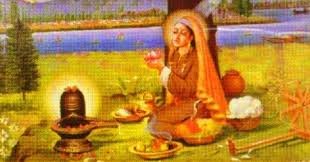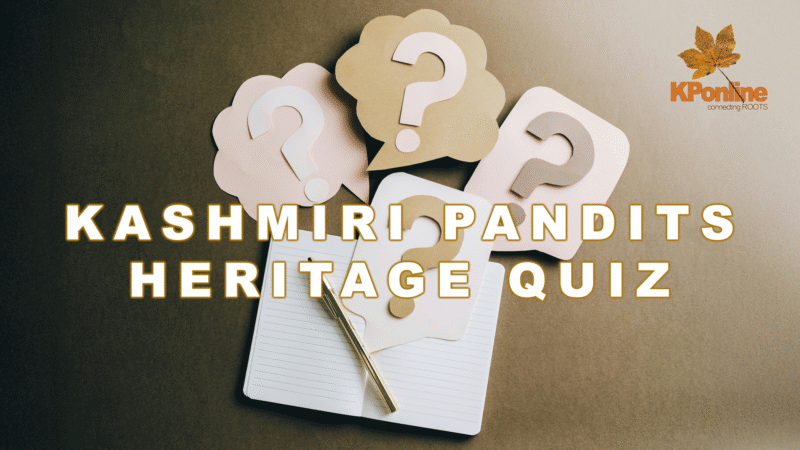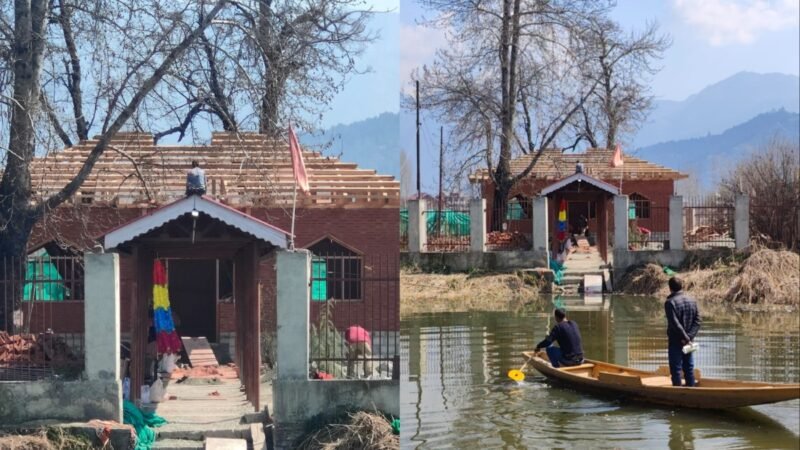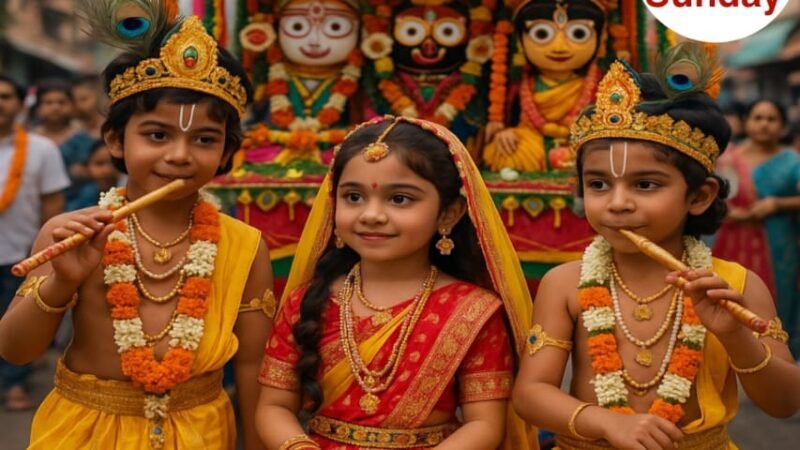Test Your Knowledge : Quiz on Article 370 and its abrogation
Curious about the historic Article 370 and the significant changes it brought to Jammu and Kashmir? Take our comprehensive quiz to challenge your understanding of this pivotal moment in Indian constitutional history. This quiz features 10 carefully crafted multiple-choice questions with four options each, designed to test your knowledge about Article 370’s provisions, its special […]










